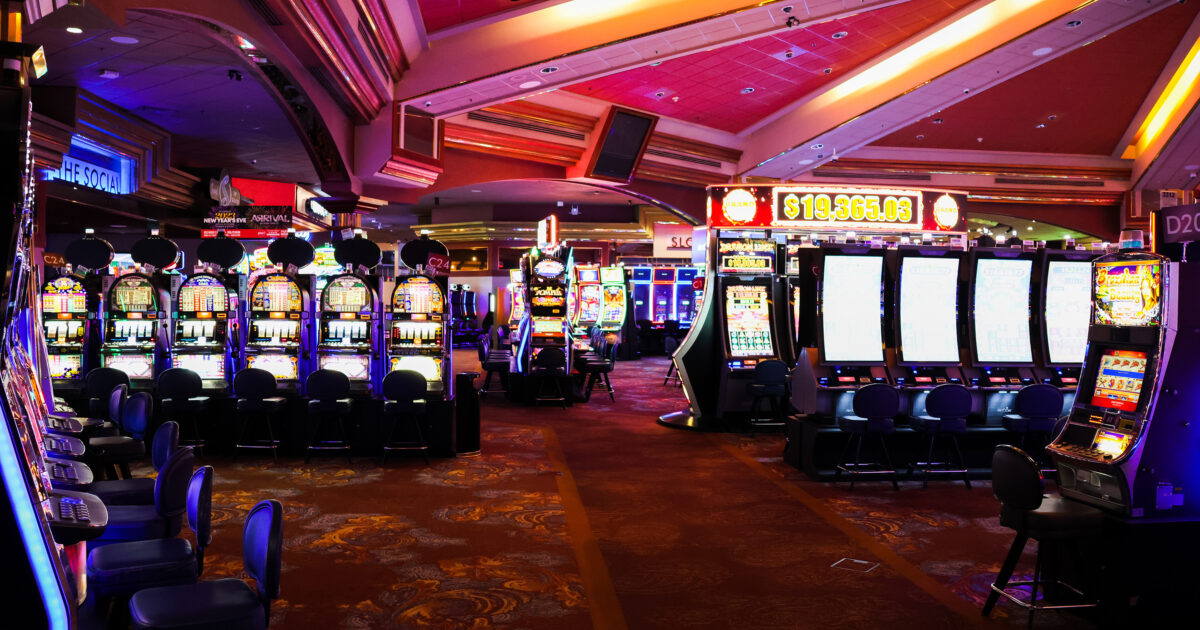The manner in which Gaming Establishments Employ Hue and Design to Attract Gamers

Within the dynamic and stimulating world of gaming establishments, wherein luck and tactics intertwine, color and design play a critical role in attracting players. From the moment visitors step inside a casino or log into a gaming platform, they are enveloped in a sightly feast that grabs their attention and lures them to explore further. Vivid colors, captivating graphics, and innovative layouts are meticulously crafted to create an atmosphere of thrill and anticipation, ultimately enhancing the gaming experience.
As gamblers navigate through the ever-changing landscape of casino games, they encounter a variety of designs that not only serve visual purposes but also affect emotions and choices. Colors like scarlet and gold symbolize riches and luck, while soothing blues and emeralds can create a much tranquil environment. Grasping how these elements work together enables casinos to create an inviting and energizing atmosphere that encourages players to engage with the games, spend more time at the tables, and increase their overall enjoyment.
The Science of Color in Casino Games
Color plays a key role in the development of gambling games, affecting players' feelings and behaviors. Vivid and striking shades, such as crimson and gold, are often used to incite enthusiasm and draw focus. These colors create a sense of immediacy and vitality, encouraging participants to participate more readily with the experience. By strategically selecting colors, designers aim to evoke feelings of satisfaction and excitement, which can enhance the total gaming experience.
Various colors also have psychological associations that can affect how gamblers perceive their odds of success. For case, lime is often associated with good fortune and wealth, making it a frequent choice in games like roulette and poker tables. This association can lead gamblers to feel more optimistic and confident in their play, ultimately encouraging them to bet more. Comprehending these associations allows game developers to craft environments that enhance player satisfaction and retention.
Moreover, the design of gambling game interfaces often utilizes gradients and opposing shades to guide players' actions. For case, winning combinations may be accentuated with bright, contrasting hues, creating a visual incentive. This method reinforces favorable outcomes and supports repeated participation. By leveraging the psychology of color, gambling establishments can create activities that not only captivate gamblers but also keep them involved and committed in their gaming experience.
Design Elements that Engage Gamers
The aesthetic appeal of casino games is primarily influenced by the use of bold colors. Ga179 Bright and striking colors are deliberately chosen to create an appealing atmosphere that grabs interest. For instance, crimson and golden hues often signify luck and prosperity, which is why they are common in the color schemes of slot machines and game surfaces. These colors not only attract players in, but they also stir emotions related to thrill and expectation, enhancing the total gaming experience.
In addition to color, the design and layout of gambling games play a significant role in captivating players. Games are designed to be intuitive, ensuring that players can quickly understand the guidelines and mechanics. User-friendly interfaces, along with engaging graphics and motion, help maintain player interest and encourage extended play sessions. The tactile elements, such as the feel of the controls and the audio of the games, also contribute to a comprehensive sensory experience that keeps players engaged.
In conclusion, conceptual elements in game design can significantly influence gaming decisions. Many casino games are inspired by popular culture, fairy tales, or exploration motifs, featuring symbols and characters that resonate with players. These themes create a sense of engagement and relatability, making each game feel distinct. When players feel a bond to the concept, they are more likely to choose that game over others, leading to increased participation and excitement within the gambling environment.
Case Studies: Successful Casino Slot Designs
One noteworthy example of impressive gambling game design is the acclaimed slot machine series based around popular movies. Games such as those based on the Wizard of Oz and Game of thrones utilize bright colors and high-quality graphics to engage players in recognizable narratives. The use of dynamic visuals and entertaining sound effects grabs the interest of players, establishing an emotional connection to the theme. This strategy merely promotes longer play but also enhances the overall gaming experience, leading to increased player retention.
Another notable case is the application of color in table games like 21 and roulette. Casinos often create these games with rich reds and greens, colors traditionally linked with luck and wealth. For instance, the green felt on a blackjack table provides a soothing effect, while the crimson accents in the wheel invite thrill. This intentional use of color helps to foster an inviting atmosphere that motivates players to engage, addressing their psychological impulses and enhancing their enjoyment.
Finally, online casino games that include social features and lively, lively designs have achieved remarkable success in engaging players. Games like Zynga's Poker and Slot-O-Mania leverage vivid colors and playful animations to establish an inviting online environment. The addition of leaderboards, social sharing options, and in-app rewards promotes competition and community, drawing players in for longer sessions. Such designs merely make the games visually attractive but also emphasize social interaction, a key factor in player retention and engagement within digital casino environments.
